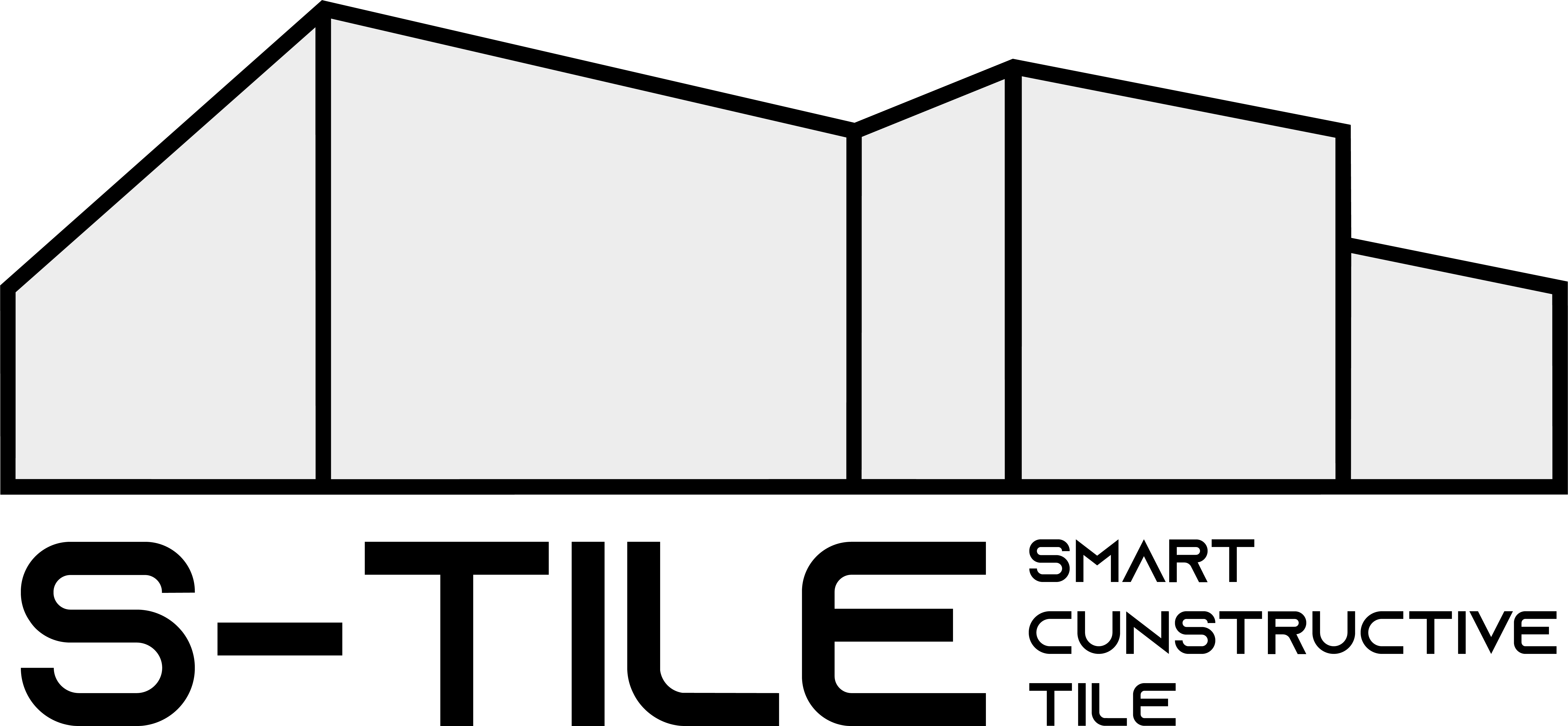Surfaces in contemporary architecture do more than establish the aesthetic of a building—they set its performance, health, and durability. Advanced facade science is developing at lightning speed, and materials today can do so much more than support structures. This blog explores the exciting realm of self-cleaning surfaces, photocatalytic coatings, and smart facade systems, highlighting the technology driving green urban development. From breakdown pollution to microbial resistance, such technologies are bringing about the next generation of buildings. Modular, multi-functional products like S-tile fall into this mix, with passive cleaning and active data capture per exterior square meter.
The Science Behind Self-Cleaning Surfaces
Self-cleaning surfaces left the lab and entered the real world with enormous environmental benefits. The materials reduce maintenance expenses, inhibit microbial growth, and maintain building appearance over the long term—all without human intervention. Most self-cleaning surfaces employ super hydrophobicity or light-activated reactions.
Unlike traditional coatings, self-cleaning surfaces are active players in city cleanliness. They reduce the development of allergenic algae, soot, and grime—major problems in pollution-prone environments. Not only do they beautify, but they also reduce dependence on chemical cleaning agents and power-washing, thus lowering a building’s water footprint. Coupled with smart facade systems, these materials provide real-time environmental load monitoring. Such solutions as S-tile enhance these attributes with sensors that track cleaning effectiveness and dynamically adjust surface response. As cities continue to grow more crowded, the standard for green upkeep will become self-cleaning surfaces.
Photocatalytic Coatings and Air Purification
Photocatalytic paints are a surface chemistry marvel. They are extremely thin films using light—in this case, ultraviolet or visible wavelengths—to initiate chemical reactions that break down pollutants like NOx, SOx, and volatile organic compounds (VOCs). Photocatalytic paint-coated buildings can reduce air-borne nearby nitrogen dioxide by as much as 50%, according to Surface & Coatings Technology (2024). They are not only protective finishes, but they are green tools.
Photocatalytic coatings have antibacterial properties, making them very valuable in public buildings and hospitals. Applied to facades, they increase the life of self-cleaning surfaces by constantly renewing the cleanliness of the material. In a smart facade system, the coatings facilitate dynamic pollution monitoring, and feedback between HVAC systems and materials. In use for modular tiles like S-tile, photocatalytic coatings are more than just passive cleaning agents—they work in conjunction with microcontrollers and sensors to track pollutant breakdown rates and feedback into ventilation systems for tuning. The future of coatings is not only protective—it’s interactive, analytical, and substantively sustainable.
Smart Facade Systems in Environmental Control
Smart facade systems are architecture envelopes that do not only insulate, but they analyze, react, and adapt. With sensors, actuators, and microcontrollers incorporated, smart facade systems react to exterior conditions in real-time. In strong sunlight, for example, smart facade systems can adjust shading, ventilation, or surface reaction to reduce energy consumption. Smart facade systems buildings, Building and Environment (2024) explains, achieve up to 30% higher energy efficiency and 40% greater thermal control.
As they combine with self-cleaning surfaces, these facades reduce maintenance cycles, allowing for perpetual sensor accuracy and reduced degradation. The addition of photocatalytic coatings brings pollutant degradation into play, producing a facade that cleans, breathes, and reports. S-tile products take this vision even further by incorporating solar energy harvesting, pollutant sensing, and environmental logging within each panel. Smart facades are becoming hubs in a citywide environmental network that speaks with both energy and air quality infrastructure. As more regulations are put in place, their role will only be increasingly vital.
Multilayer Surface Engineering and Functional Stacking
Multifunctional design is a cornerstone of modern materials science. Self-cleaning surfaces, photocatalytic coatings, and smart facade systems often exist not in isolation, but as layered composites. A single building tile might feature a water-repellent outer layer, a photocatalytic pollutant-degrading middle, and a sensor-integrated core. This technique—called functional stacking—optimizes space, cost, and energy performance (Advanced Functional Materials, 2024).
Such layering allows smart facade systems to maintain continuous functionality under harsh conditions. When photocatalytic coatings break down organics, self-cleaning surfaces remove the residue, ensuring the optical clarity of embedded light sensors. In S-tile, these layers are bonded using adhesive films engineered for high temperature resilience and UV stability. Functional stacking in these systems turns facades into vertical laboratories—constantly testing, correcting, and refining their interaction with the environment. The scientific synergy between coating, structure, and intelligence marks a major leap in architectural sustainability.
From Passive Aesthetics to Active Infrastructure
In the past, facades were design statements. Now, they’re smart, sustainable, and very technical. By using self-cleaning surfaces, buildings minimize maintenance and chemical use. With photocatalytic coatings, they quietly clean the air. And with smart facade systems, they adapt to climate, data, and user needs. This isn’t tomorrow’s architecture—it’s now. The convergence of these technologies is creating façades that think and react, not just stand.
S-tile is the embodiment of that revolution. Compact in shape, its surface stack holds each of the big innovations: photocatalytic coating, self-cleaning surface, and embedded sensors—all in one module. On an entire building, it provides a living facade that reports the world to the world on pollution, optimizes energy, and self-replenishes. Scientists see this shift as part of the broader path toward “active materials”—those that sense and change. Now the question isn’t invention—it’s scale. But with technology like smart facade systems, we’re already laying the groundwork for a cleaner, smarter, and self-maintaining built environment.
Conclusion
The science and art of facades have come a long way beyond cladding and color. We’re now combining intelligence, functionality, and environmental performance into each square meter of surface. With self-cleaning surfaces, we minimize waste and man-hours. With photocatalytic coatings, we transform pollution into benign gases. And with intelligent facade systems, we’re making architecture a responsive entity. S-tile is just one embodiment of this momentum—a sign that we’re not just upgrading buildings, but reengineering their role in the urban ecosystem. As the climate intensifies and cities densify, this shift will be essential. Clean, intelligent facades aren’t luxuries—they are survival tools for the next generation of cities.


